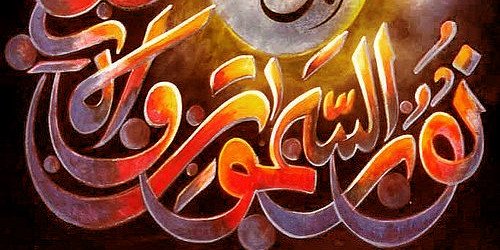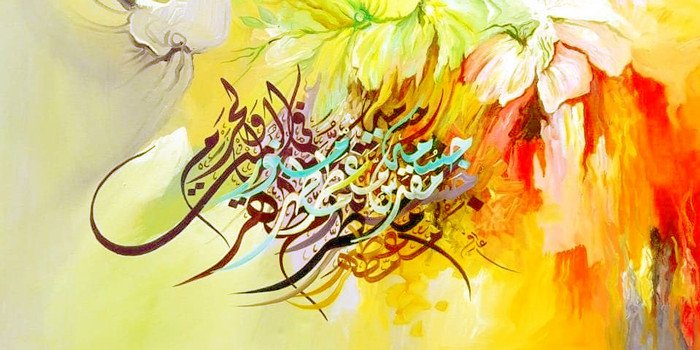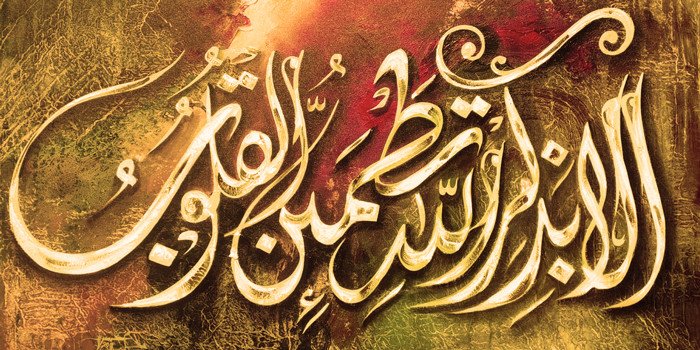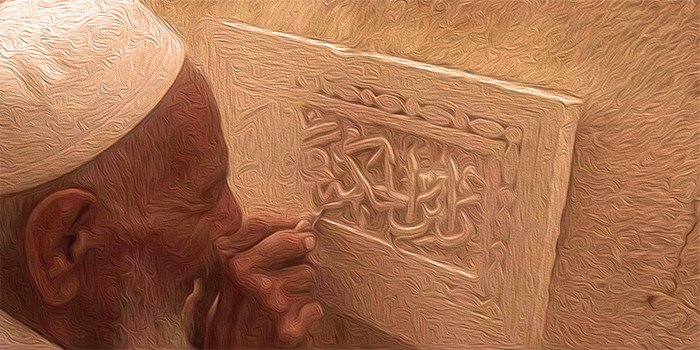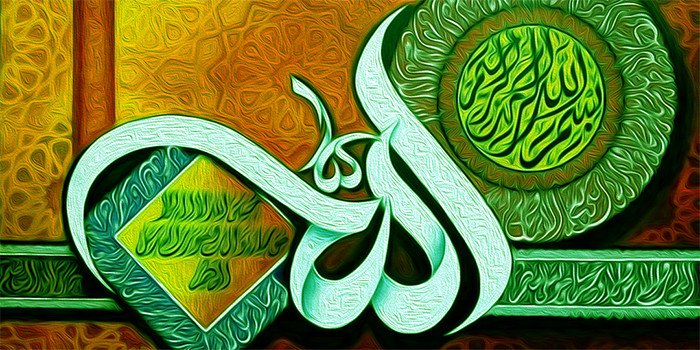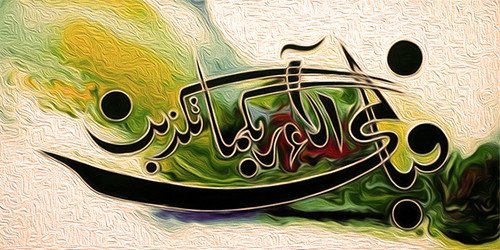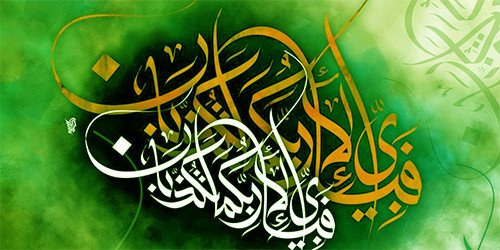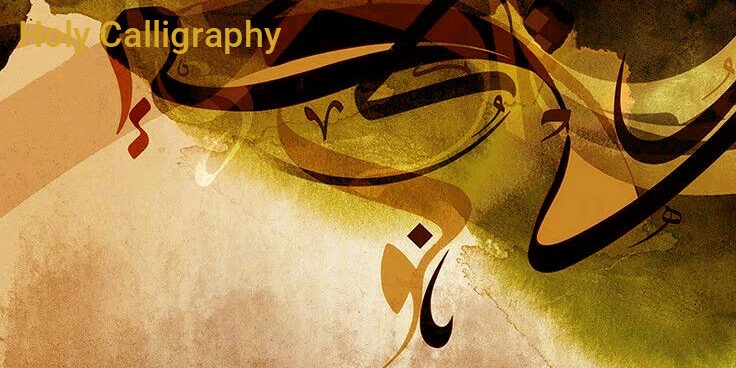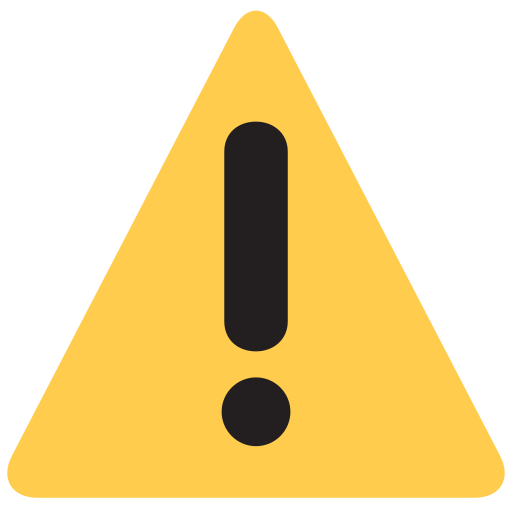Arabic Calligraphy Styles Explained: A Journey Through Classical and Modern Forms
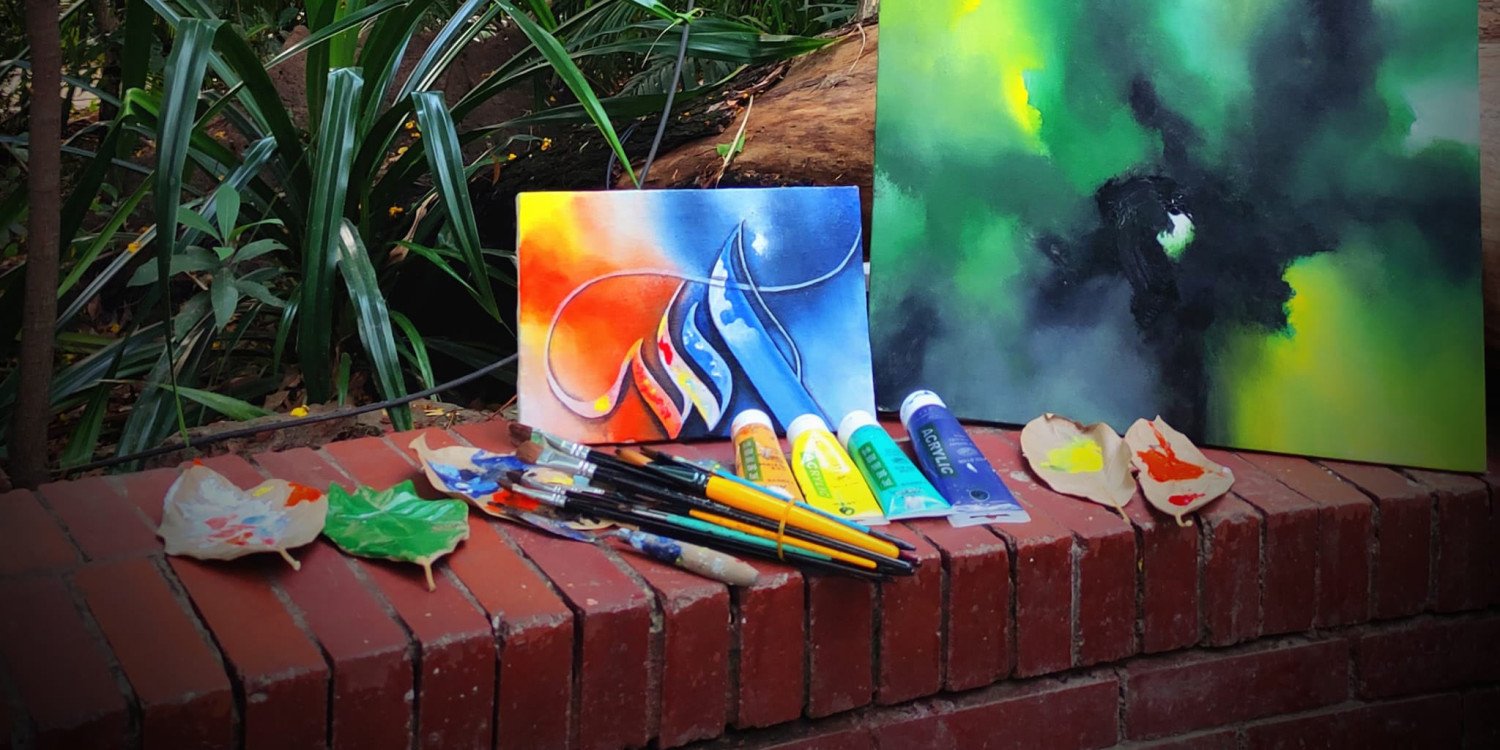
Arabic calligraphy is one of the most visually compelling and spiritually enriching art forms in the Islamic world. Rooted in the divine words of the Qur’an, it has grown into a sophisticated visual language that spans centuries, cultures, and styles. Whether adorning the walls of mosques, embellishing manuscripts, or being reimagined in modern design and tattoos, Arabic calligraphy reflects both sacred beauty and skilled craftsmanship.
In this guide, we’ll explore the major styles of Arabic calligraphy, their historical context, key characteristics, and where they are used today.
1. Kufic – The Oldest Script
Kufic is the oldest form of Arabic calligraphy, originating in the city of Kufa in Iraq around the 7th century. This style is angular, geometric, and bold. Kufic was commonly used in the early Qur’anic manuscripts and architectural decoration. With its strong, symmetrical structure, Kufic is a favorite for engraving, logo design, and laser-cut Islamic art today.
Characteristics:
-
Straight lines and sharp angles
-
Minimal use of diacritical marks
-
Often used in decorative art and inscriptions
2. Naskh – The Everyday Script
Naskh became the most widely used script for writing Arabic due to its legibility and elegance. Developed in the 10th century, it is often used in Qur’an printing and educational books.
Characteristics:
-
Smooth, rounded letters
-
Consistent spacing
-
Easy to read and ideal for smaller text
Digital calligraphers and designers often use Naskh for creating spiritual and educational Islamic posters or downloadable art.
3. Thuluth – The Royal Script
Thuluth is one of the most admired and artistic styles in Arabic calligraphy. Developed in the 9th century, it features large, curved letters and long vertical lines. It is often used in mosque decorations, prayer halls, and official manuscripts.
Characteristics:
-
Complex curves and elongated verticals
-
Decorative and theatrical appearance
-
Difficult to write, requiring great skill
In digital art, Thuluth brings grandeur and impact, making it perfect for Islamic wall art and prints.
4. Diwani – The Script of the Court
Developed during the Ottoman Empire, Diwani is a highly decorative and cursive script. It was originally used for writing royal decrees and official correspondence.
Characteristics:
-
Dense and fluid lines
-
Strong decorative appeal
-
Letters often interwoven
Diwani is widely used in elegant Islamic invitations, calligraphy tattoos, and gift-ready Arabic designs.
5. Nasta'liq – The Poetic Script
Primarily used in Persian and Urdu calligraphy, Nasta'liq is one of the most graceful and flowing styles. It is often referred to as the "bride of calligraphy" due to its beauty and complexity.
Characteristics:
-
Slanted horizontal alignment
-
Intricate curves and connections
-
Favored for poetry and literary works
Designers often use Nasta'liq to represent Persian or Indo-Islamic culture in art prints and tattoo calligraphy.
6. Ruq’ah – The Modern Handwriting Script
Ruq’ah is a simplified, modern handwriting style developed during the Ottoman period. It is still used widely today for everyday writing.
Characteristics:
-
Short, straight strokes
-
Rounded letters
-
Easy to learn and write
Though less decorative, Ruq’ah is ideal for minimalist Arabic tattoo designs and modern digital calligraphy with a clean look.
✅ Choosing the Right Style
Each style of Arabic calligraphy carries its own tone and meaning. When choosing a style for a project—whether for Islamic home décor, tattoos, or digital artwork—consider the message, audience, and desired aesthetic. For example:
-
Spiritual and traditional pieces may suit Thuluth or Kufic.
-
Modern, minimal art may benefit from Ruq’ah or simplified Diwani.
-
Poetic and romantic messages often work beautifully in Nasta'liq.
Final Thoughts
Arabic calligraphy is not just writing—it is a spiritual, cultural, and artistic expression that continues to inspire across generations. Understanding these calligraphy styles allows you to appreciate their depth, select the right aesthetic for your work, and create art that speaks to the soul.
At Holy Calligraphy, we are passionate about preserving this tradition through digital downloadable calligraphy, custom artwork, and editable vector files suitable for both personal and commercial use.
Explore our collection and bring the elegance of Arabic script into your life—digitally or in print.

